Ornamental Pear Trees are fast-growing, deciduous feature trees used widely in Australian landscapes for screening, avenue planting, and structured garden layouts. Known for their upright form, white spring flowers, and strong autumn colour, they suit a broad range of soil types and require minimal ongoing maintenance.
Key Characteristics
Growth Rate: Fast
Form: Upright, columnar, or rounded depending on variety
Foliage: Glossy green in spring/summer, turning red to burgundy in autumn
Flowers: White blossoms in early spring
Deciduous: Yes
Sunlight: Full sun to part shade
Soil: Free-draining. Tolerates clay and sandy loam. Performs best in improved soil.
Watering: Regular during establishment. Low once mature.
Pruning: Minimal. Winter pruning for form and airflow.
Landscape Uses: Screening, feature trees, avenues, boundary planting, informal hedging

Popular Varieties
Manchurian Pear (Pyrus ussuriensis)
Broad-canopy ornamental pear with excellent autumn colour and early spring blossom. Grows to approx. 10 m tall × 8 m wide. Ideal for feature planting or large open gardens. Performs well in varied soil types and climates. Reliable seasonal performer.

Capital Pear (Pyrus calleryana 'Capital')
Narrowest-growing pear. Grows tall with a slender vertical profile. Approx. 10–12 m tall × 3–4 m wide. Used for tight spaces, along fences, boundary planting, and lining driveways. Dense foliage makes it effective as a living screen.

Cleveland Select / Chanticleer Pear (Pyrus calleryana 'Cleveland Select')
Symmetrical growth habit. Medium height and width. Strong spring flowering, glossy foliage, and bright autumn tones. Commonly used as an avenue tree or in structured garden layouts where uniform form is required. Disease-resistant and wind-tolerant.

Pyrus nivalis (Snow Pear)
Moderate grower with silvery-grey foliage and white flowers. Grows approx. 7–10 m tall × 6–8 m wide. Foliage has a soft grey underside giving a silvered appearance year-round. White blossom appears in early spring. Autumn colour is less intense than other varieties but bark texture and foliage colour offer year-round visual interest. Suited to both feature planting and informal screens. Performs well in cooler climates and tolerates light frost.

General Care
Watering
Water consistently for the first 1–2 years. Deep watering is essential during dry periods. Once established, these trees are drought-tolerant and perform well with minimal supplemental watering.
Fertilising
Apply a balanced slow-release fertiliser in early spring. For new plantings, apply at planting and again the following spring. Mature trees may not require annual feeding unless signs of poor growth or foliage discolouration are visible.
Mulching
Mulch around the base of the tree to suppress weeds, retain soil moisture, and improve soil structure. Keep mulch away from direct contact with the trunk.
Pruning
Best performed during dormancy (winter). Remove inward-facing or crossing branches. Maintain shape and open canopy to improve airflow and reduce risk of disease. No major structural pruning required after initial shaping.
Disease Resistance
Most ornamental pears have high resistance to common pests and diseases. Powdery mildew and black spot may occur in poor airflow or overly damp conditions. Ensure correct spacing and sun exposure to minimise risk.
FAQs
How tall do ornamental pears grow?
Depends on variety. Ranges from approx. 7–12 m tall at maturity.
How fast do they grow?
Rapid growers. Under good conditions, expect 1–2 m of growth per year in early stages.
Are roots invasive?
Generally not. Suitable near driveways and footpaths. Avoid planting too close to structures.
Do they drop fruit?
Most ornamental pears are non-fruiting or produce small, hard, inedible fruit not considered problematic in managed gardens.
Do they lose leaves in winter?
Yes. They are deciduous, providing full sun in winter and shade in summer.
Summary
Choose ornamental pear trees when:
-
You need a fast-growing shade or screening tree
-
You want consistent seasonal colour and flower display
-
You require minimal pruning and maintenance
-
You need reliable performance across soil types
-
You’re planting along driveways, boundaries, or as a structured feature
Select Capital for vertical screening, Manchurian for wide-canopy shade, and Cleveland Select for symmetry and balanced form.

Ready to Buy?
We offer a full range of ornamental pear varieties, grown on-site for Australian conditions. All stock is available in multiple sizes. Contact us to discuss availability, delivery options, and best-fit varieties for your space and project goals.
View Our Full Range of Ornamental Pear Trees
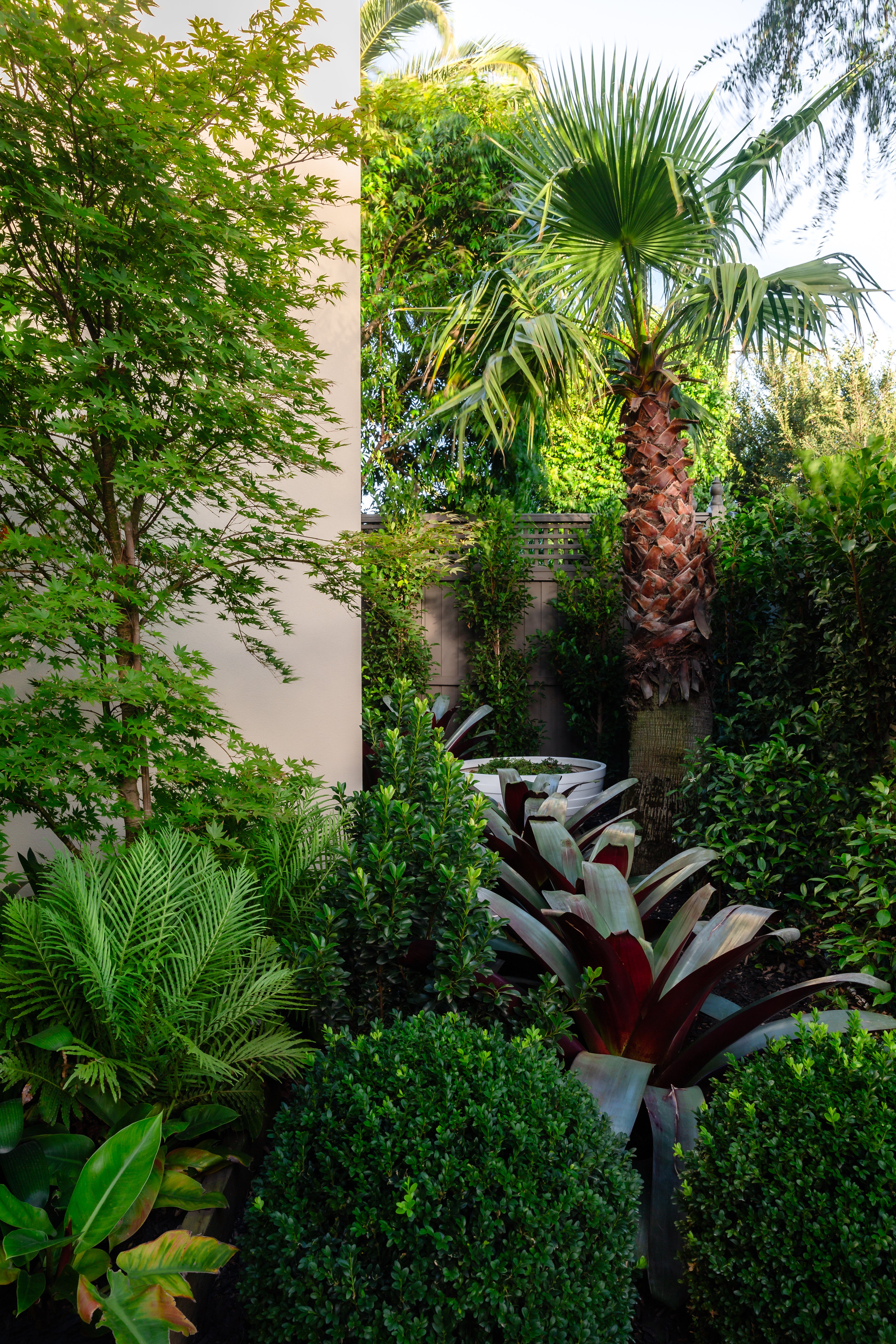


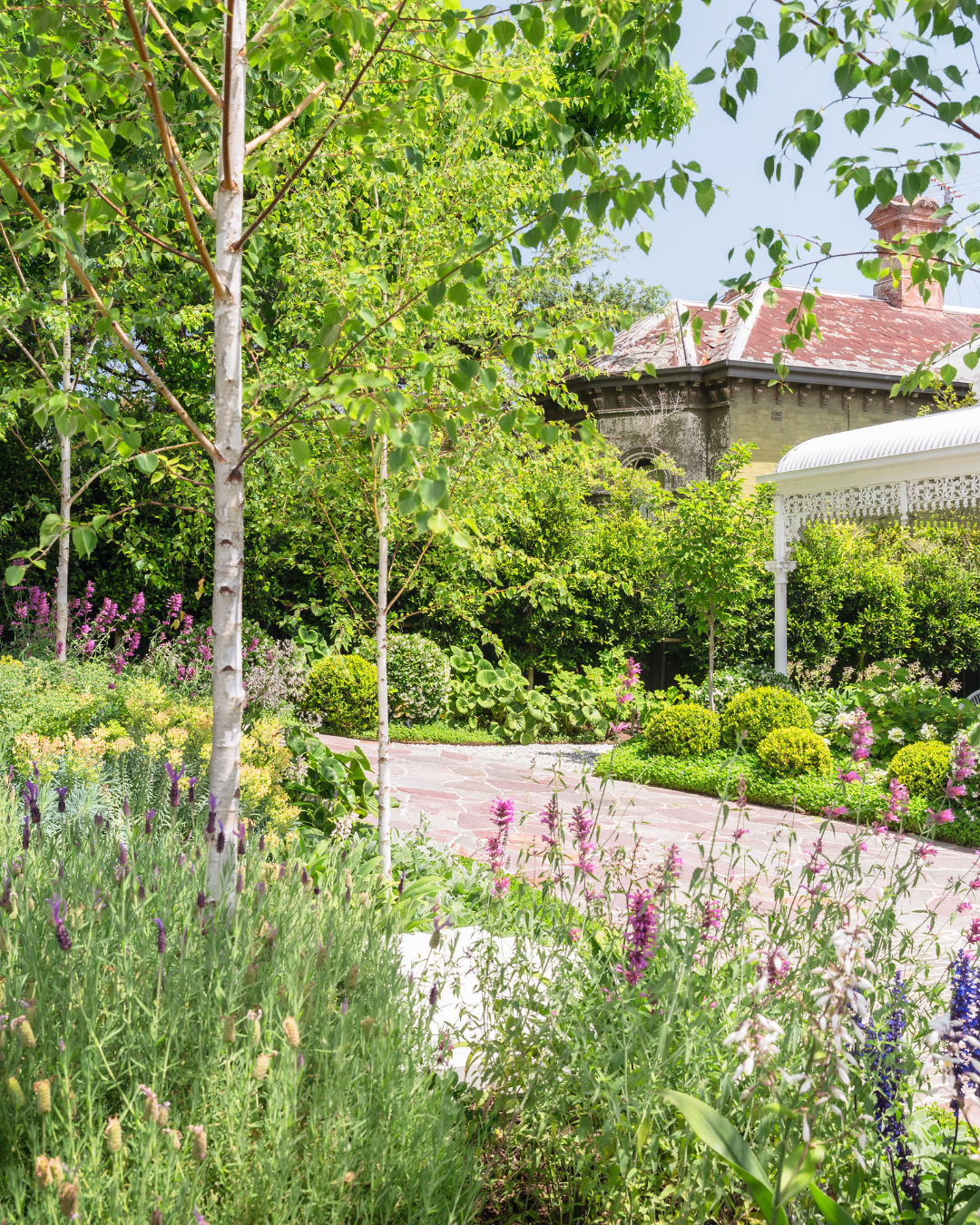



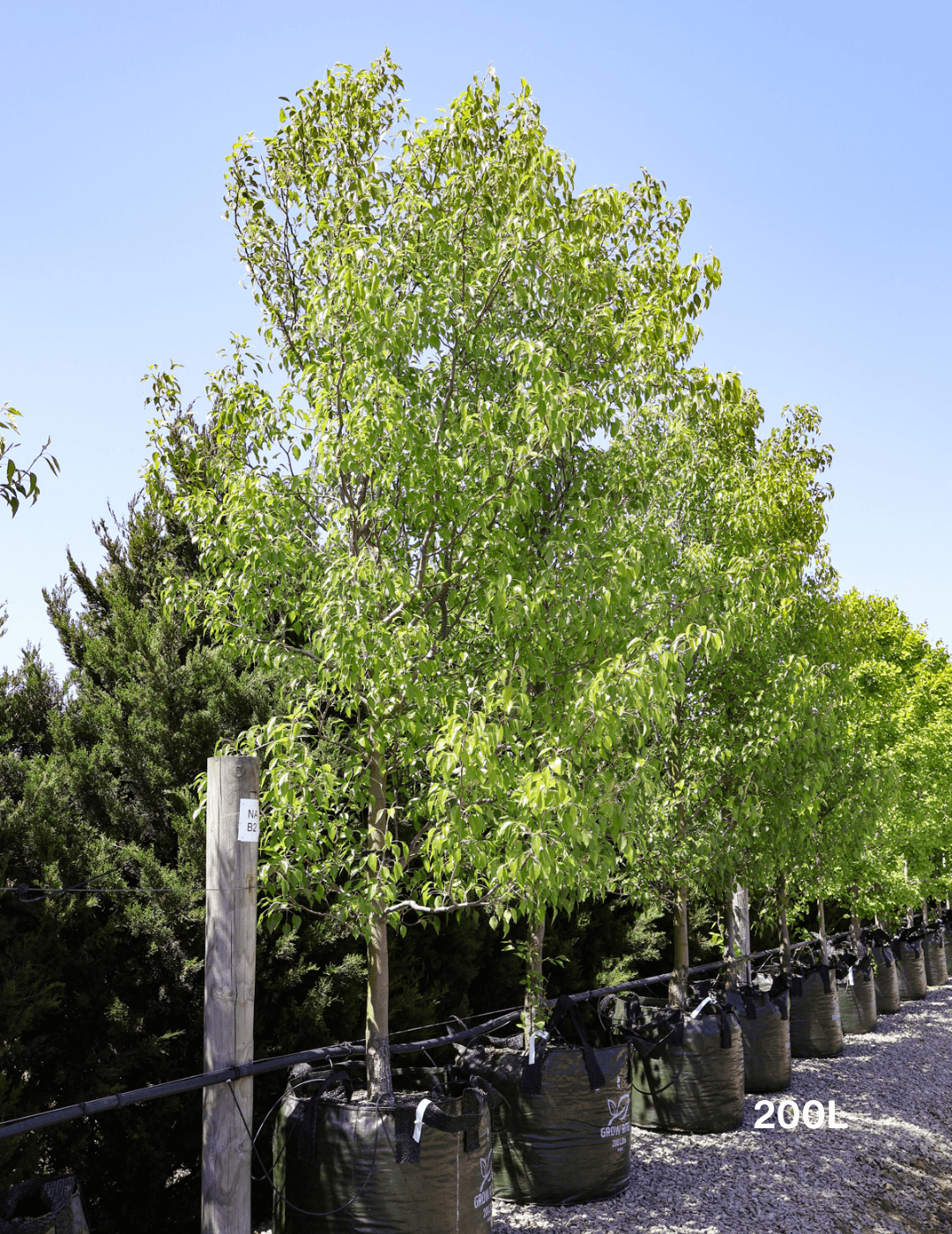
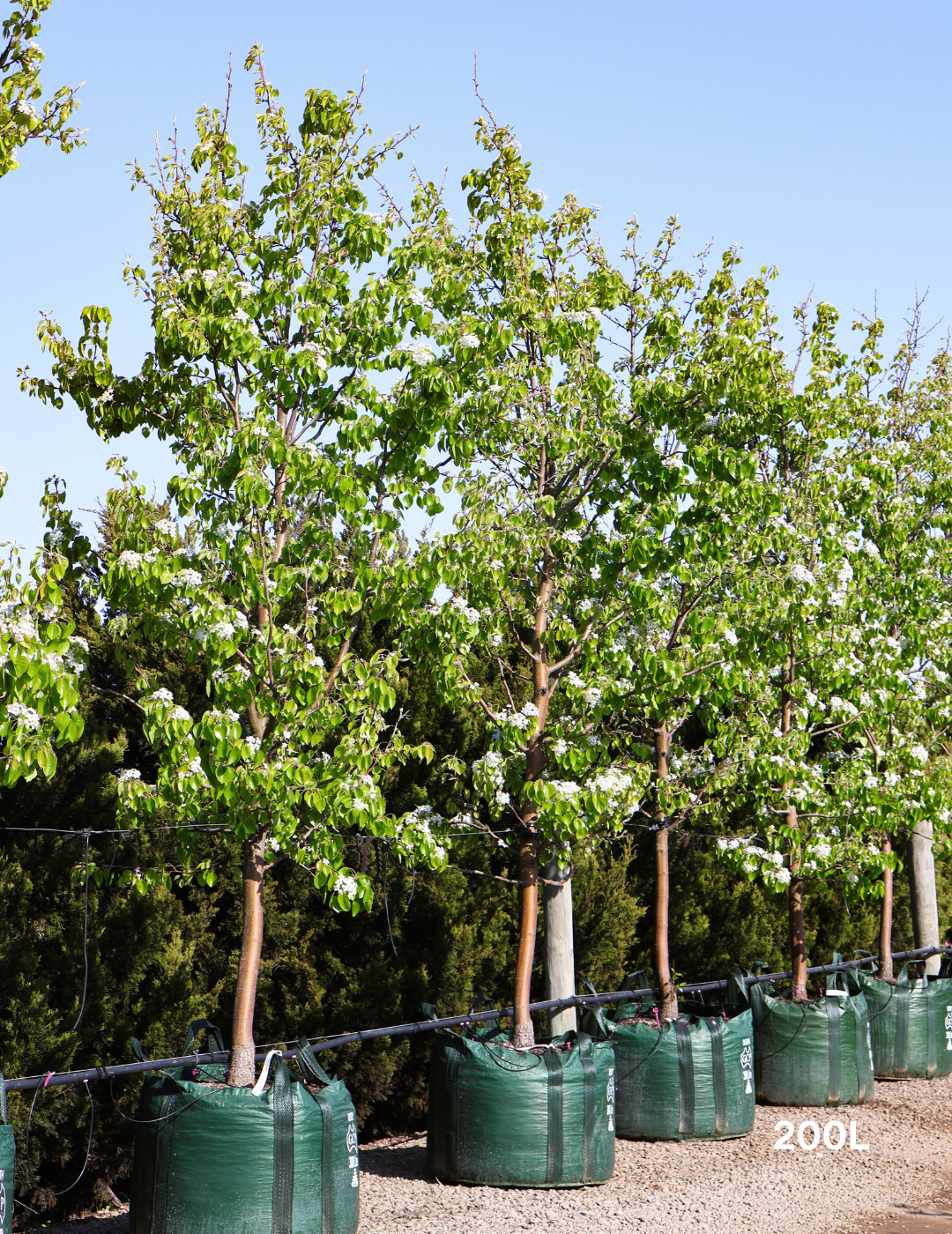
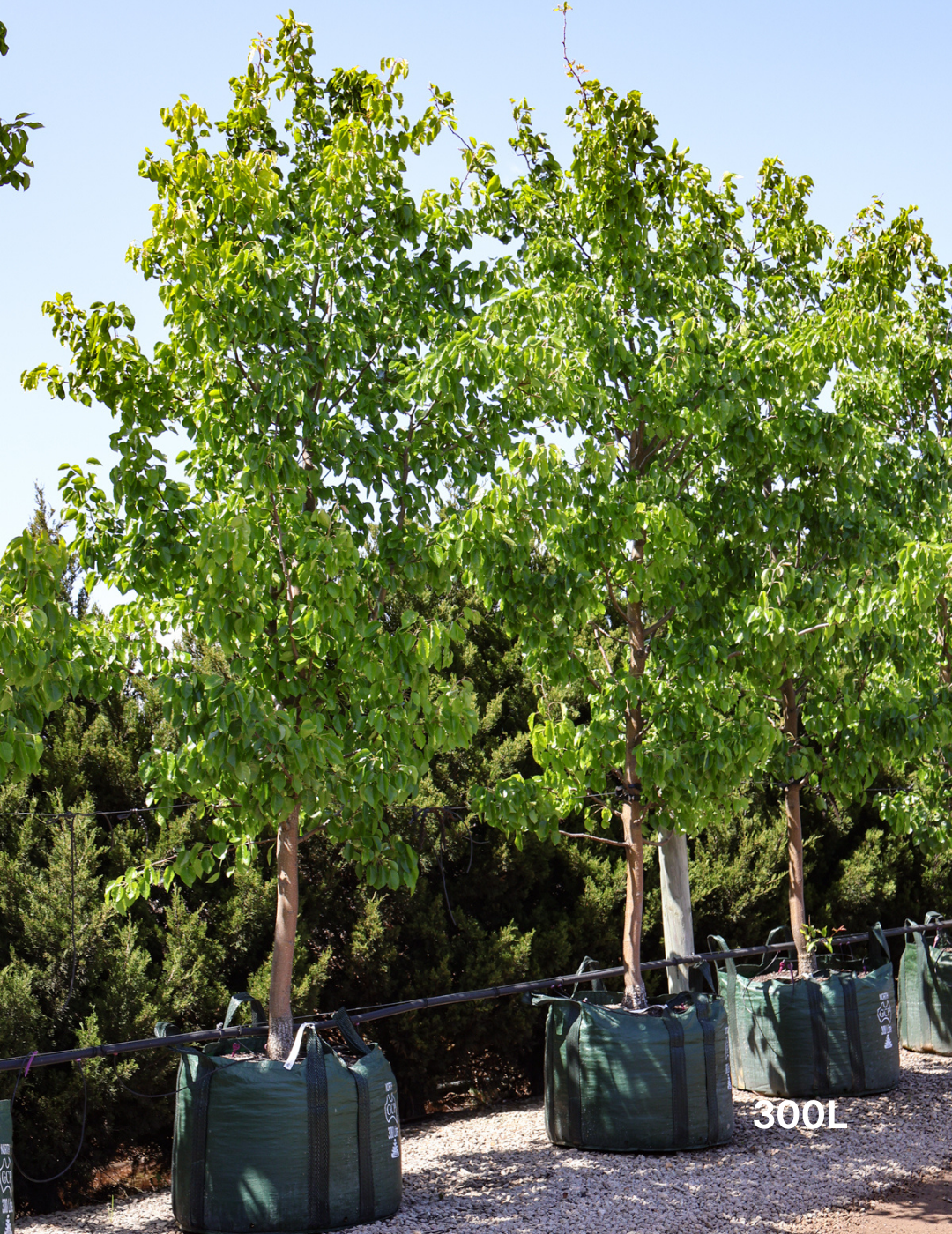
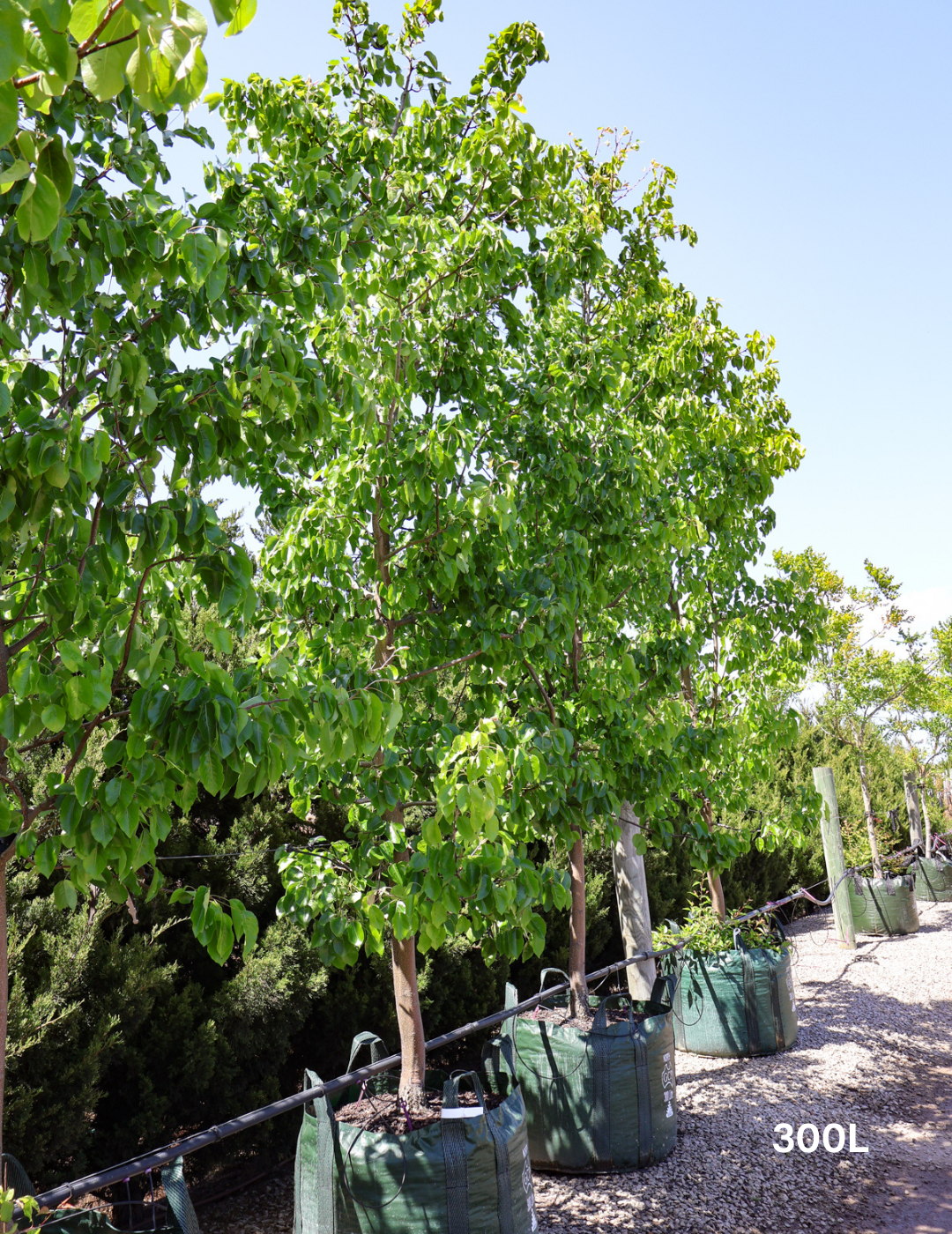
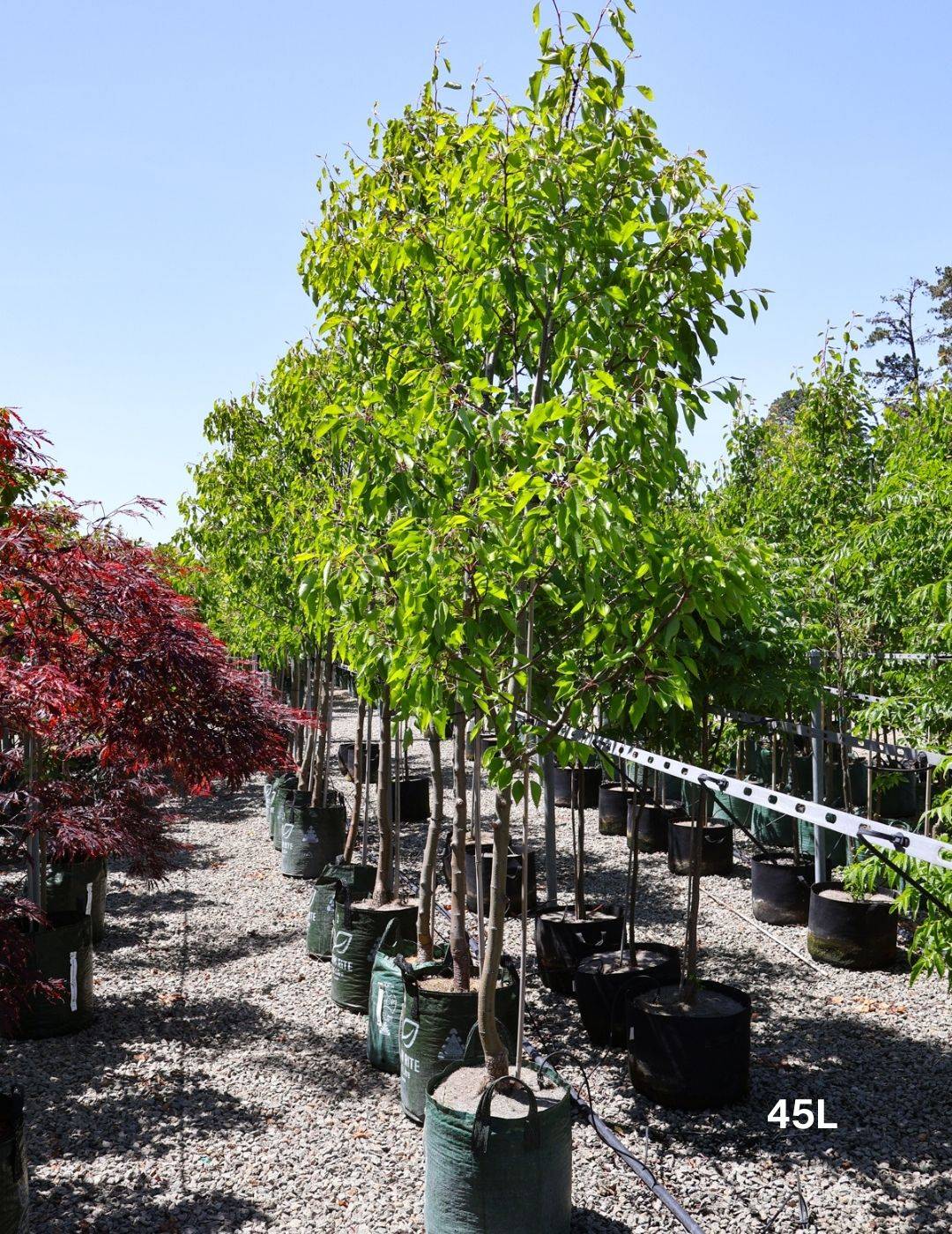
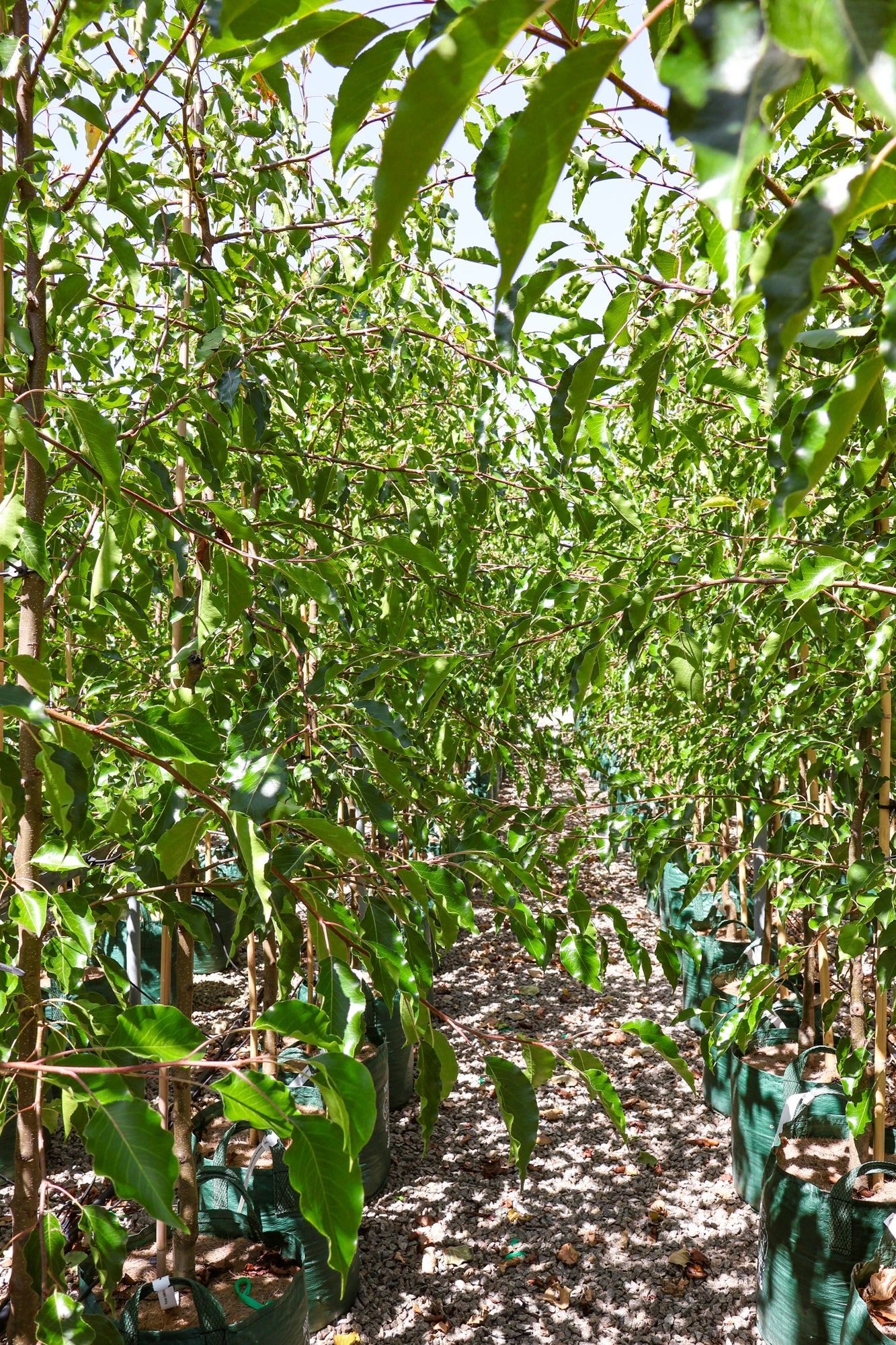
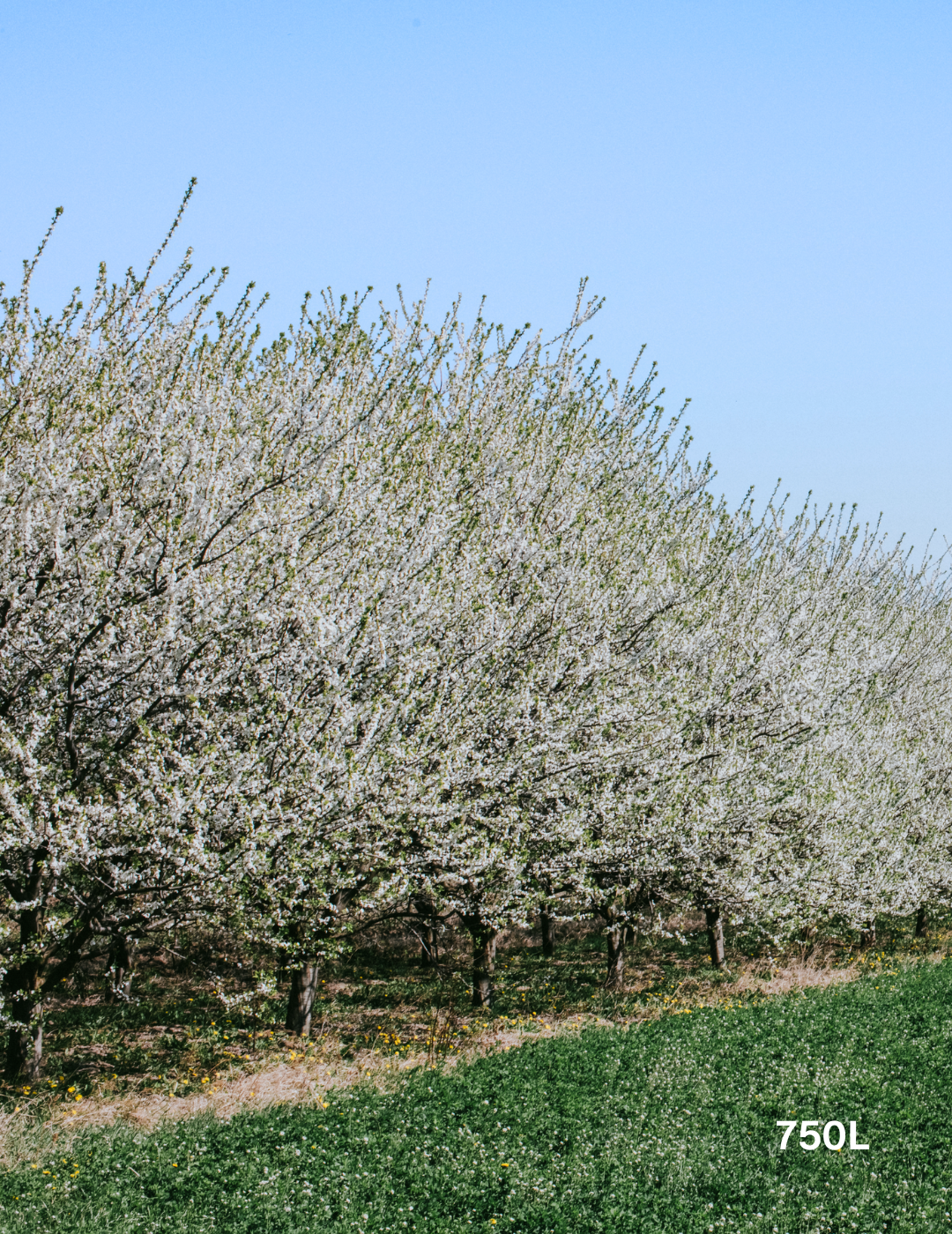
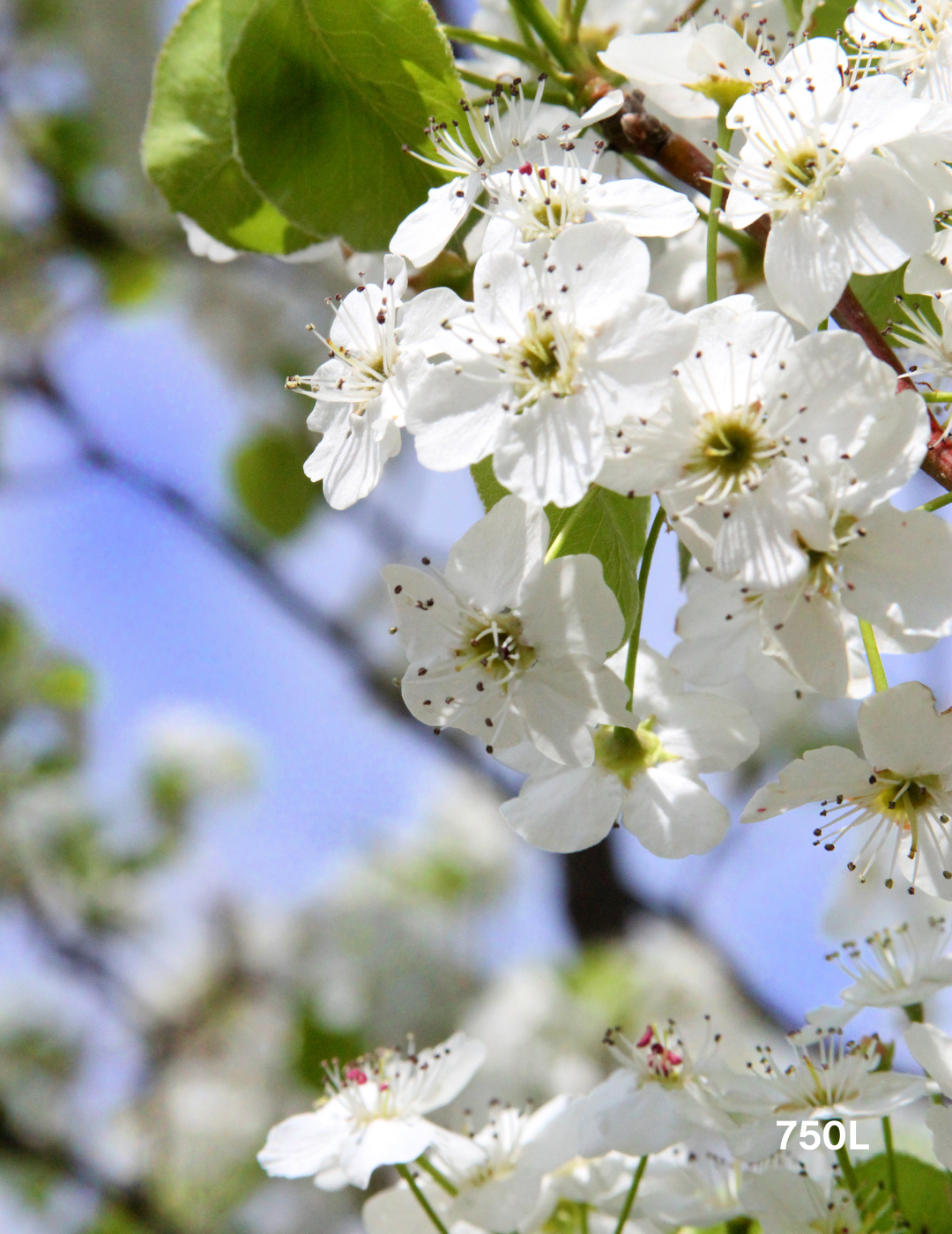
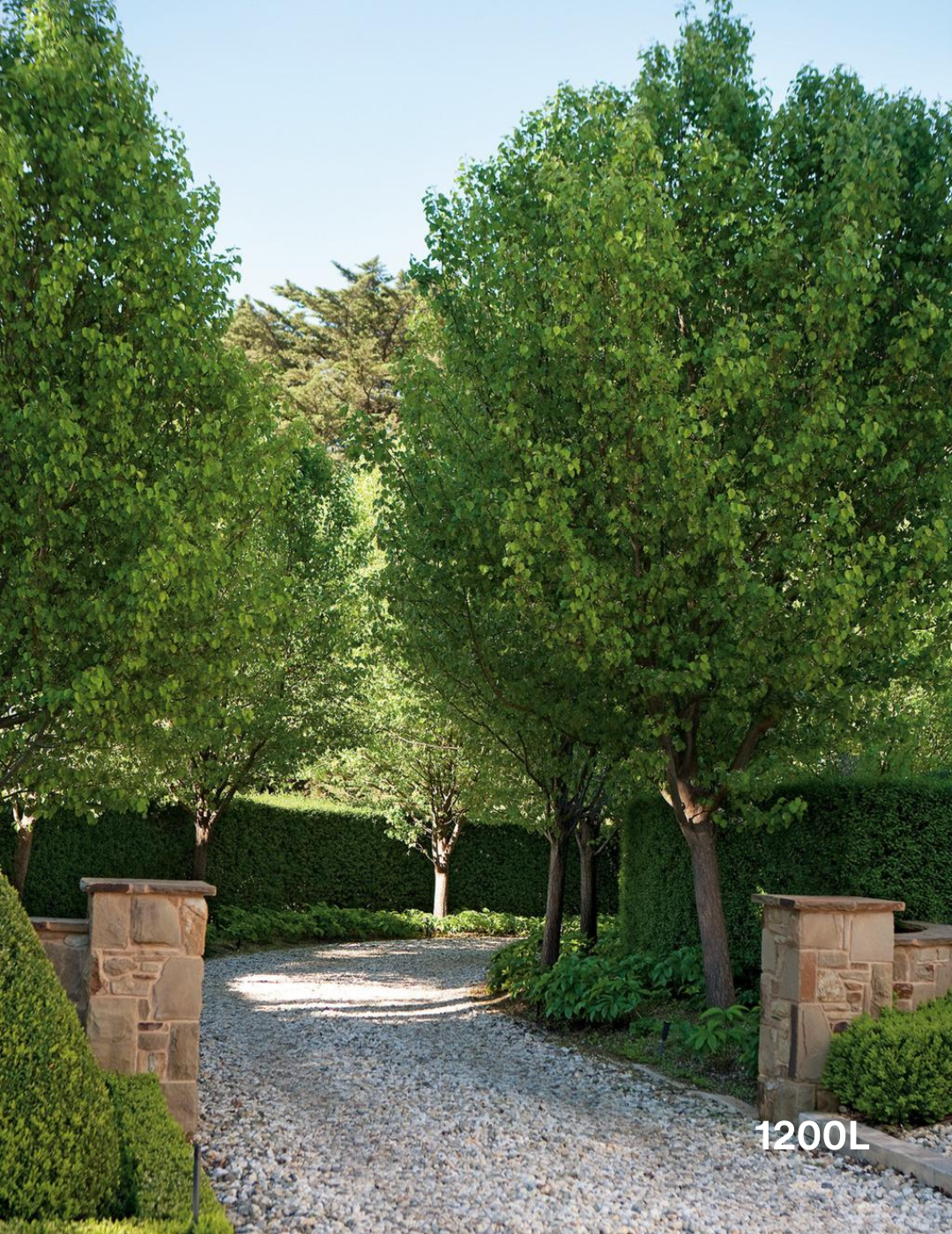
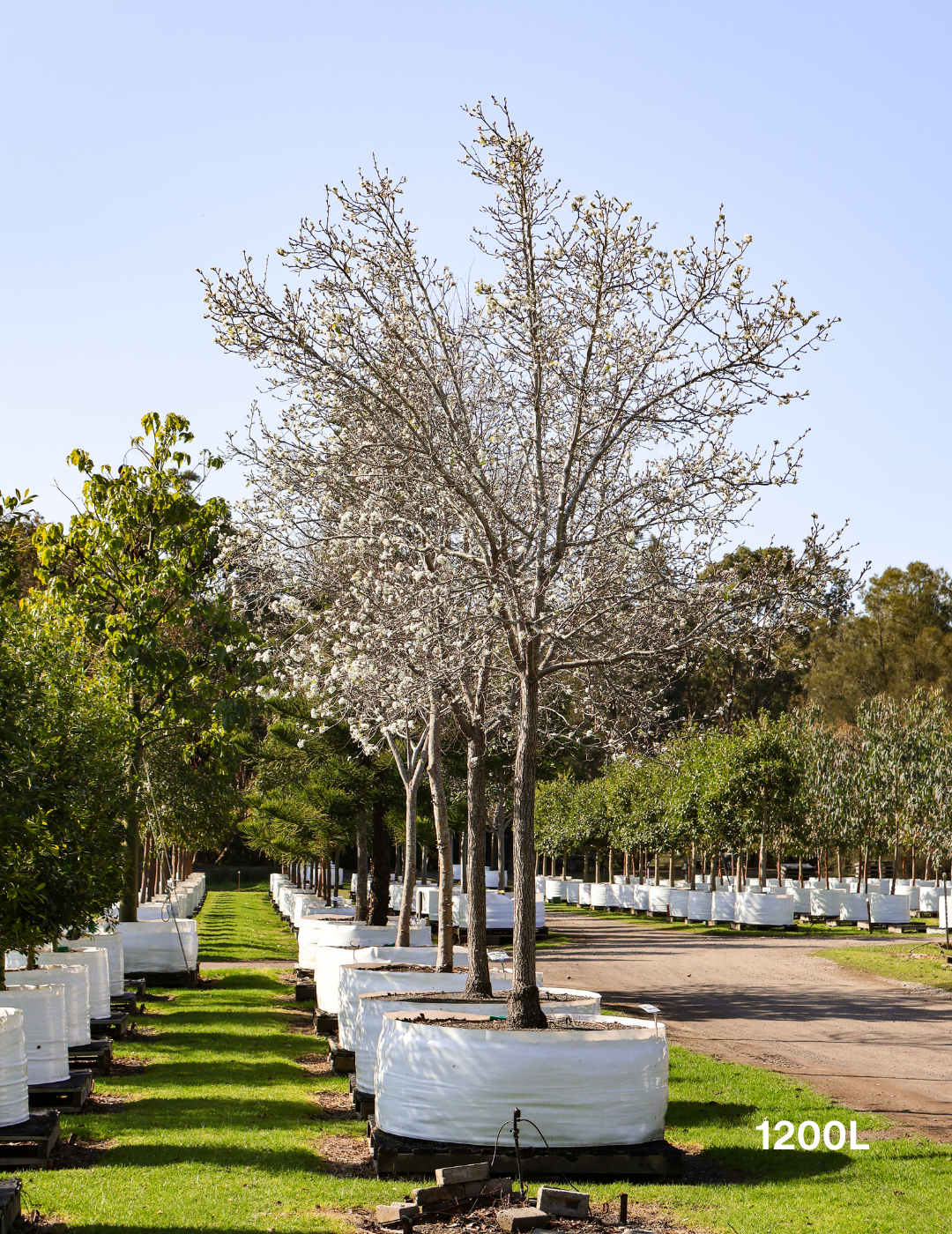

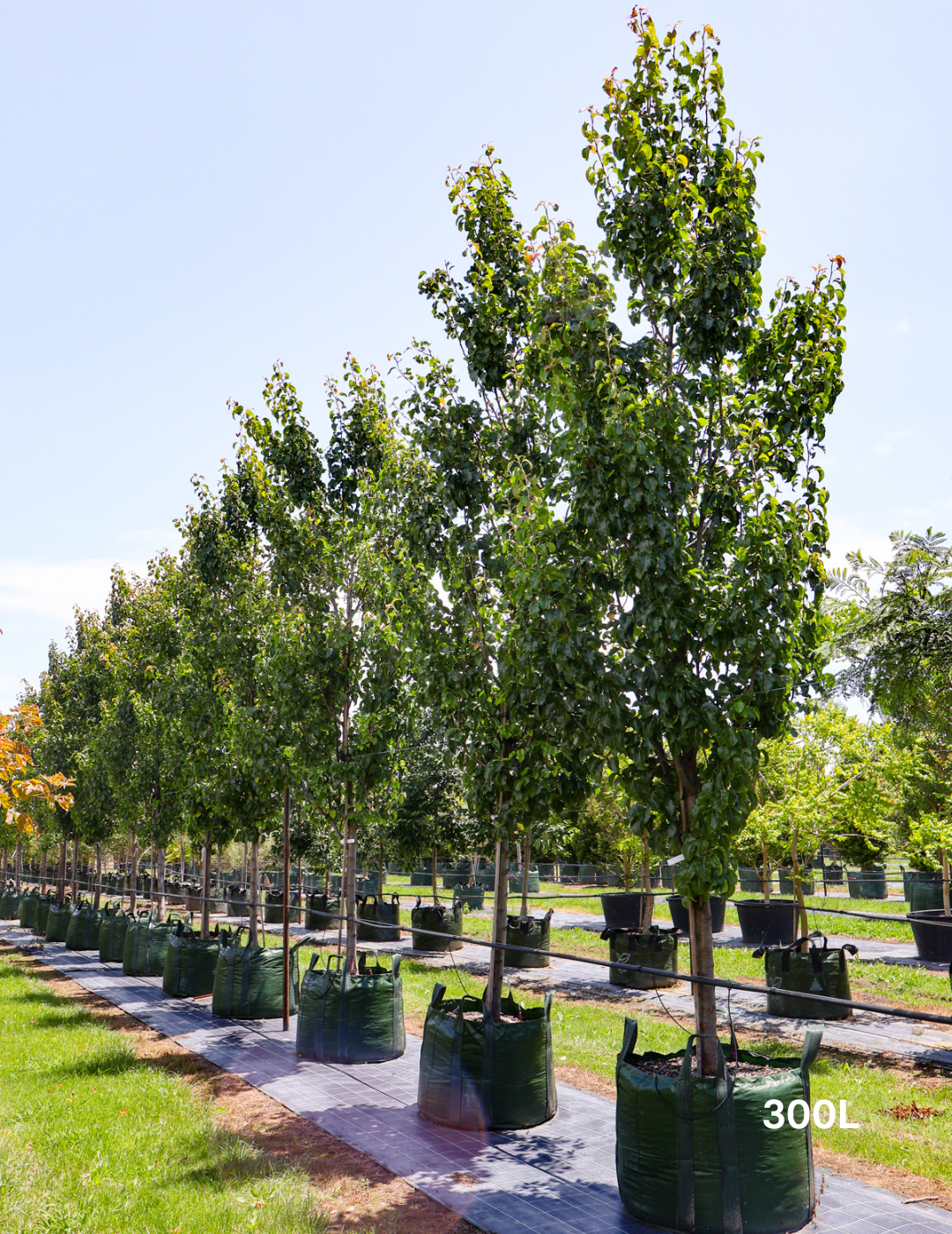
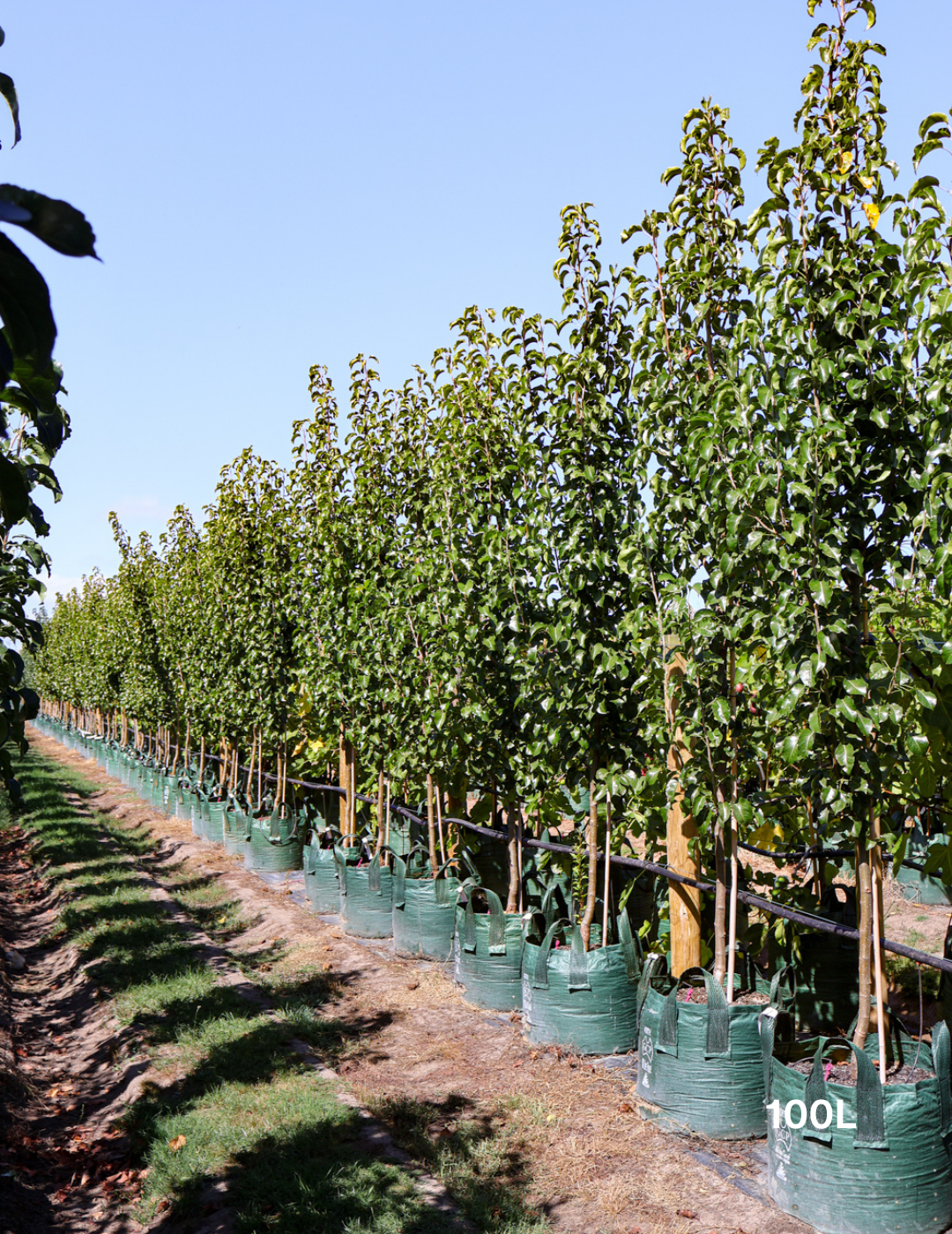

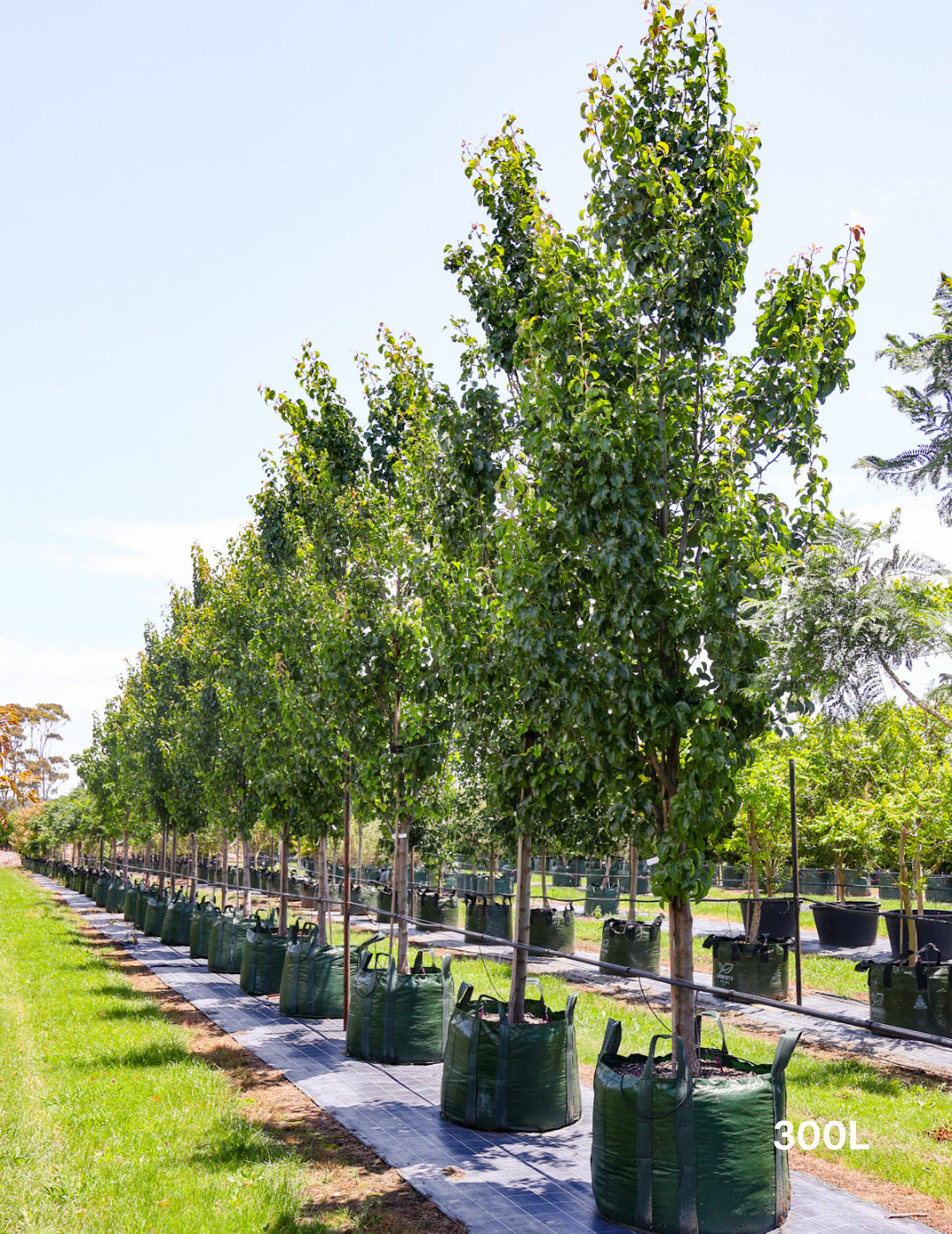




4 comments
We have a 23 yo huge Manturian Pear tree. It has been pruned by professionals so the shape is balanced. However it it now far too large. Can we cut it back by a third or will we need to have it totally removed?
I bought some Manchurian pears for my home in NSW and they are looking fantastic. Thanks again!
Some great tips in this post. My husband and I are very greatful.